Popular games for collection TwinBee
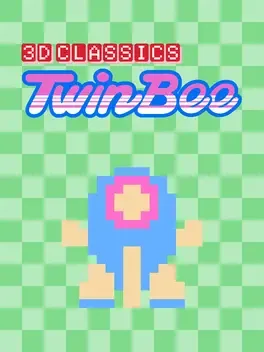
This vertical-scrolling arcade game was originally available only on the Famicom system in Japan. Now, for the first time ever in North America, fans can play this classic shooter with a new 3D look. Guide the TwinBee spacecraft as you dodge and destroy waves of aerial and ground enemies. If you get hit and lose both of your ship's arms, find an ambulance for repairs quickly. Shoot through the clouds to uncover bells. Collect the bells for extra points, or continue to shoot at them to gain different upgrades for your ship. Additional power-ups can also be collected from the ground. Fly high in the sky with your anthropomorphic spacecraft in this new version of a classic.
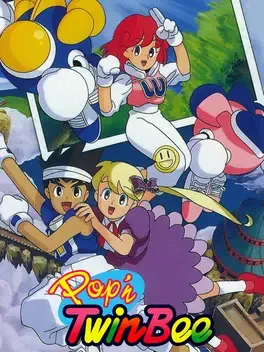
A cute shoot 'em up from Konami.

A port of TwinBee for Famicom and Famicom Disk System.
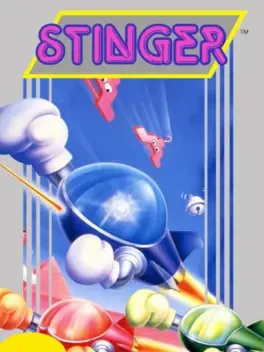
Stinger is a shoot-em-up developed by Konami. It is the North American version of the sequel to Twinbee.
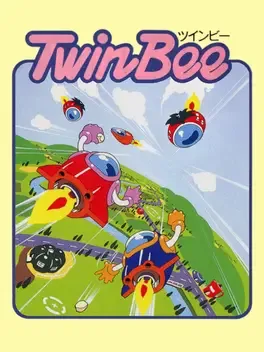
TwinBee is a cartoon-themed vertical-scrolling shoot 'em up game. It was the very first game to run on Konami's Bubble System hardware.
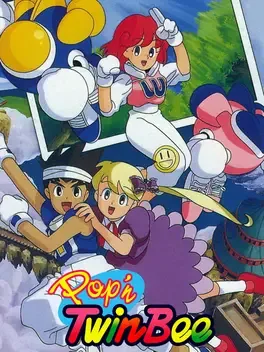
A sequel to the original TwinBee released for the Game Boy portable consoles. Pop'n TwinBee puts you behind the controls of two experimental TwinBee fighters as you attempt to rescue Dr. Cinnamon from evil alien forces. In order to do that you must journey through 6 different planets filled with cute and surreal creatures bent on your destruction. The game uses the classic gameplay mechanics for the genre, with you controlling your craft as the background scrolls vertically towards the end of the stage and trying to survive and destroy all enemies with your laser shots. Twinbee features a selectable power-up system in which you must shoot the bell power-ups to select which type of upgrade you want depending on the color they take (or in this case, the shade of grey). Despite the European title, the Japanese version actually predates the release of the Super Famicom version of Pop'n TwinBee by three years.
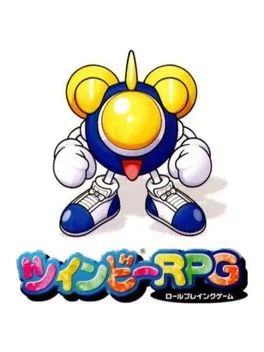
A role-playing spinoff to the TwinBee shoot-em-up series in which a new protagonist is summoned to Donburi Island to serve as a temporary pilot for TwinBee following the mysterious disappearance of TwinBee's regular pilot Light.
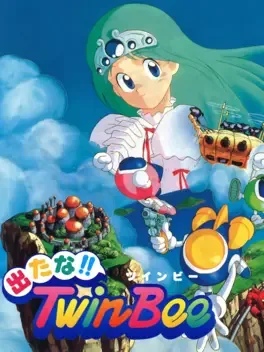
The PC-Engine port of Bells & Whistles originally released only in Japan before coming to the West through the Wii Virtual Console service, under its original Japanese title.
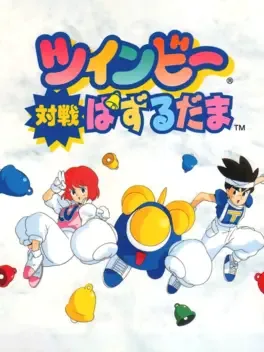
TwinBee Taisen Puzzle-Dama is a competitive action-puzzle game for the PlayStation released only in Japan. It is the third installment in the Taisen Puzzle-Dama series of puzzle video games and features the characters and settings of Konami's long-running TwinBee series of shoot 'em up games.
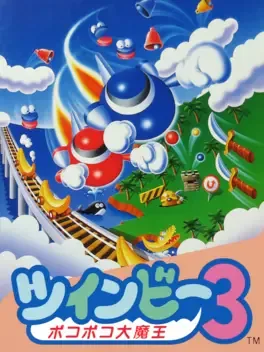
TwinBee 3: Poko Poko Daimaō is a vertical-scrolling shoot 'em up video game produced by Konami released for the Famicom. It is the third and last game in the TwinBee series for the Famicom and it ditches Stinger's horizontal levels making it more in line with the first title. The game is considerably easier than its predecessors due to an option mode that allows players to adjust the difficulty and number of ships, as well as the inclusion of the new "soul reviving system", which allows players to recover their power-ups after losing a ship. The game uses digitized PCM voice samples, particularly when the conga music in one stage chants "Poko Poko", and in the beginning of each stage, in which a voice proclaims the name of the stage. It was re-released on April 14, 2006 as part of the i-Revo downloadable game service.
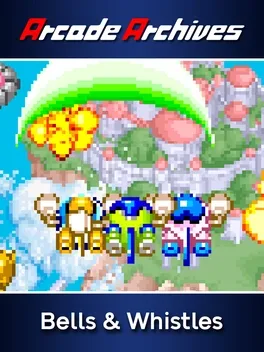
Bells & Whistles is a shooting game released by Konami in 1991. Collect bells to receive all sorts of power-ups or powerful Charged Shots and use them to save Planet Mel from being invaded by the alien Iva. During co-op play, Twinbee and Winbee can work together to use Special Power-Up attacks.
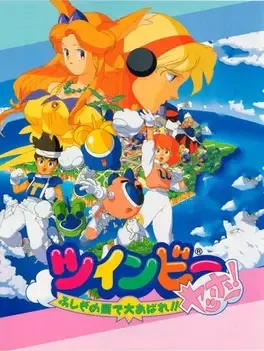
TwinBee Yahho!: Fushigi no Kuni de Ooabare!! is a vertical-scrolling shoot-'em-up released by Konami as a coin-operated video game in 1995. It is the third and final game in the TwinBee series released for the arcades. During the same year as its arcade release, the game was released for the PlayStation and Sega Saturn in a two-in-one compilation with its predecessor, Detana!! TwinBee, titled Detana! TwinBee Yahho!. It was later included in the PlayStation Portable compilation TwinBee Portable, released in 2007. Like most games in the TwinBee series, it was released exclusively in Japan, although an unproduced international version was planned under the title of Magical TwinBee.
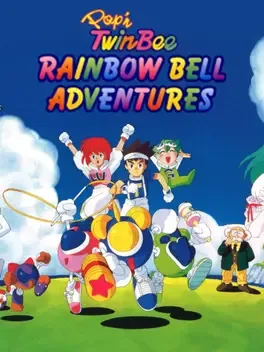
You play as either Twinbee, Gwinbee or Winbee. Cooperative play is also available. In this mode the second player takes control over one of the two characters left. Either way your task is to find and defeat the evil Dr. Warmon who tries to enslave the islands of Dunburi. To deal with the many villains Dr. Warmon throws at you, you need to collect colored bells. Depending on the color of the bell you can use different attacks like a laser (blue bells) or a lash (orange bells). But even without the bells you're not defenseless. Your standard-attacks include a shock wave and the ability to fly.
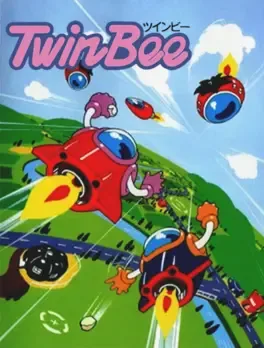
A port of TwinBee for Sharp X68000.
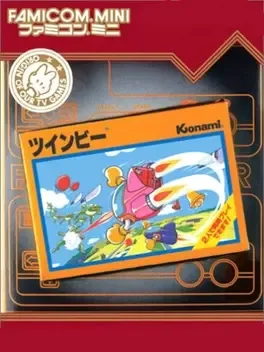
Famicom Mini: TwinBee is a recreation of the original TwinBee video game released on a variety of Japanese consoles in the 1980s. Released in 2004 under the 'Famicom Mini' label, this port brings all the material from the original counterpart and converts them for the handheld Game Boy Advance system. As with the original, this port is only available in the country of Japan.
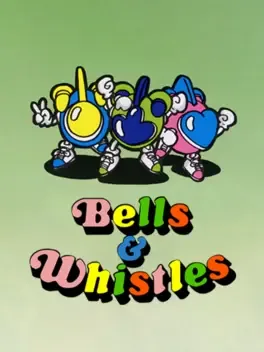
Detana!! TwinBee is a vertically scrolling shoot 'em up game following the same conventions established in the original TwinBee, where players assume the role of Light and Pastel taking control of TwinBee and WinBee across seven levels to defeat invading forces of the evil alien Iva and save planet Meru.